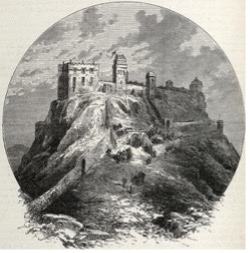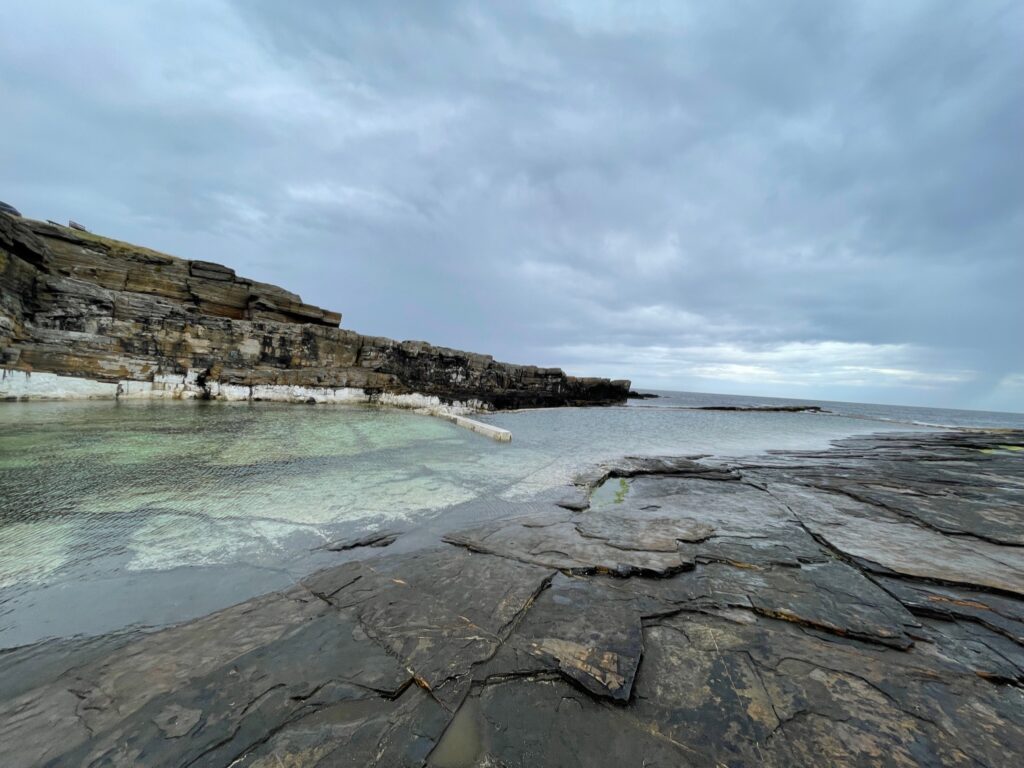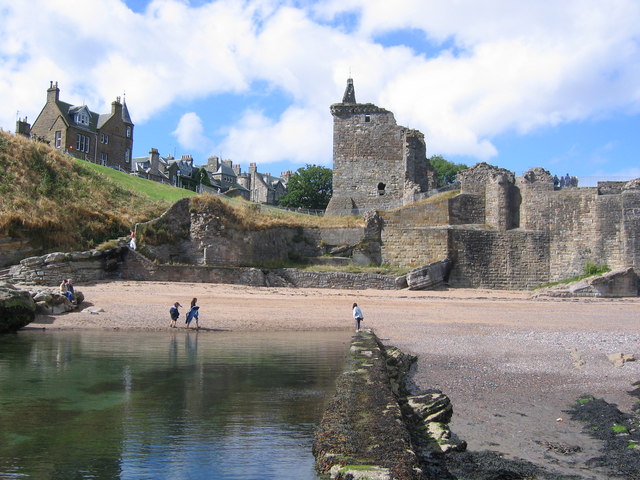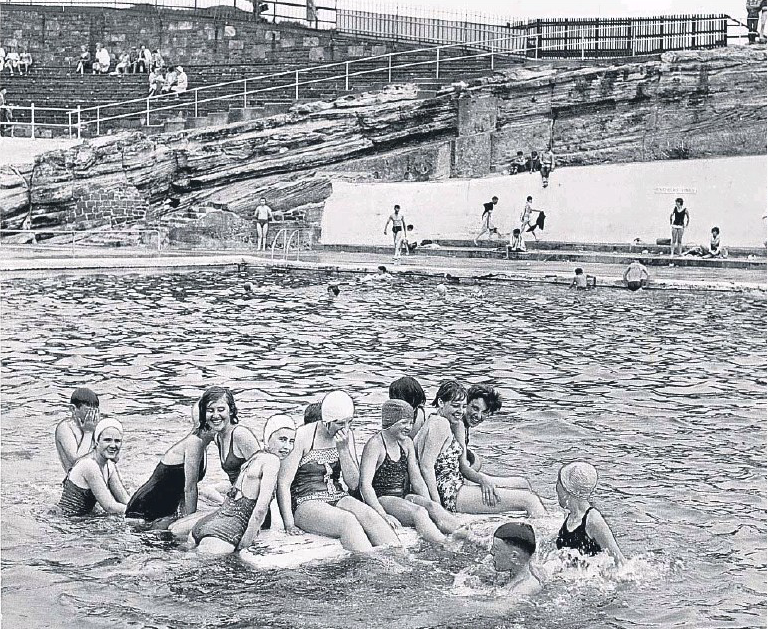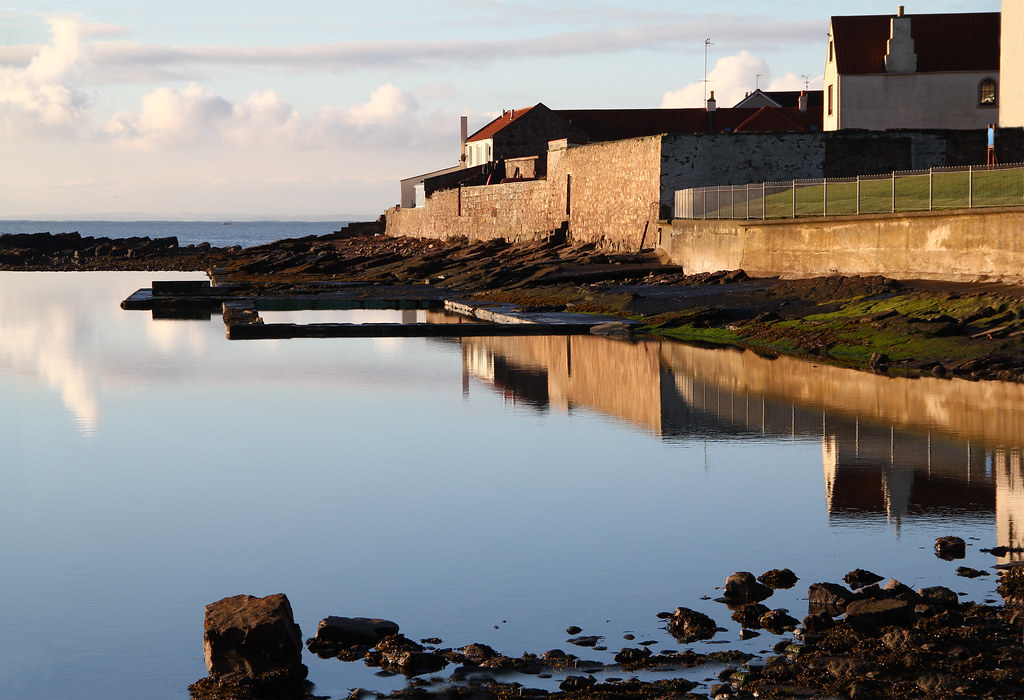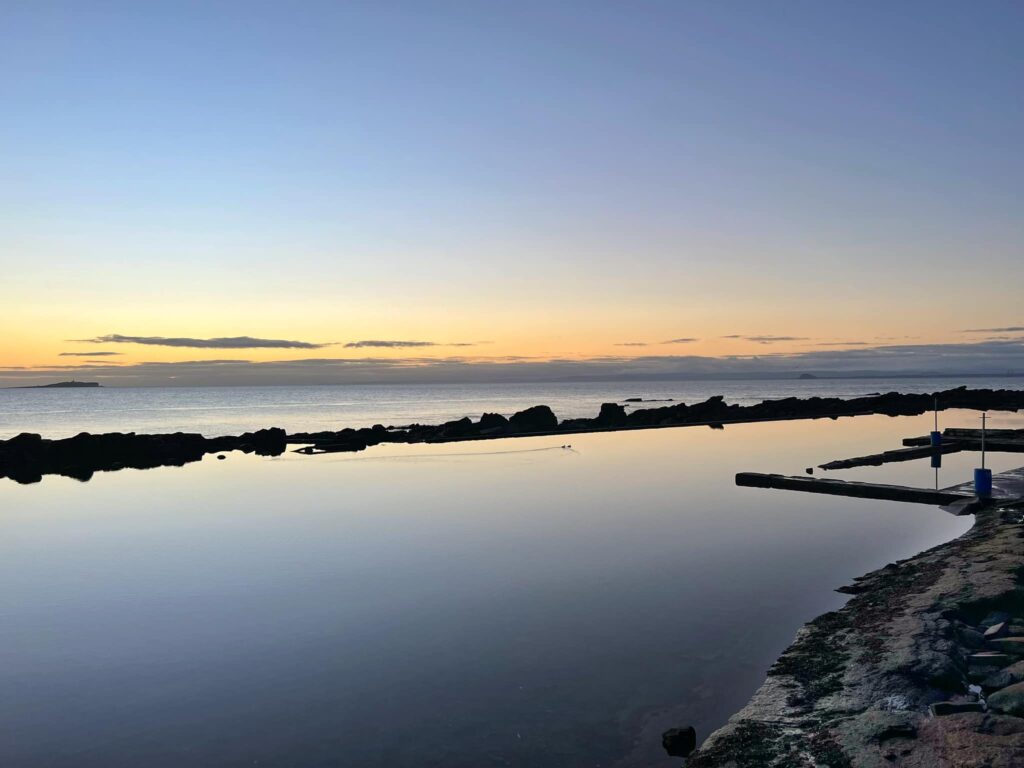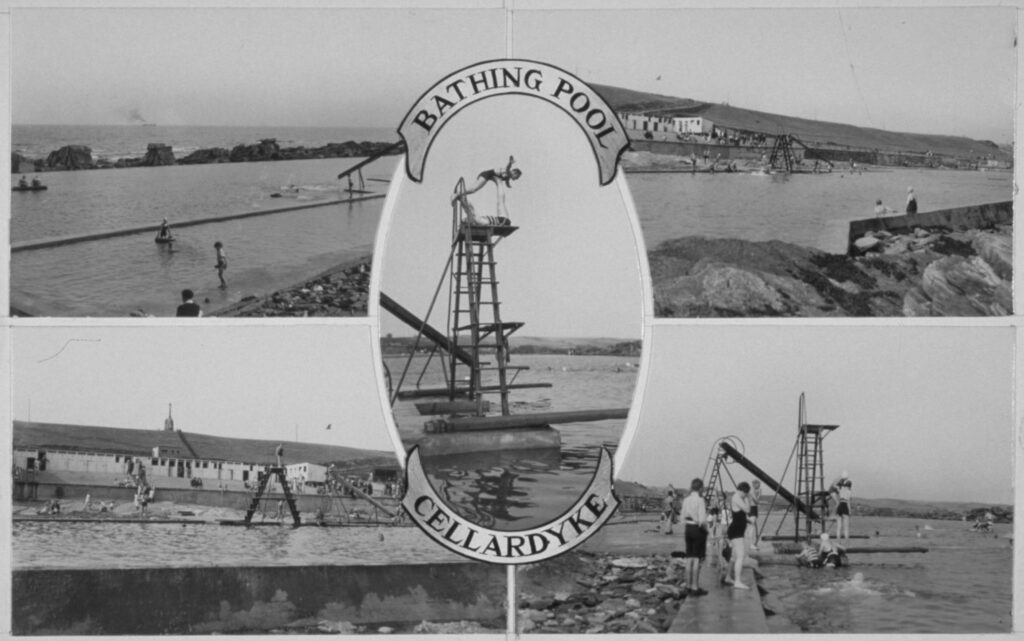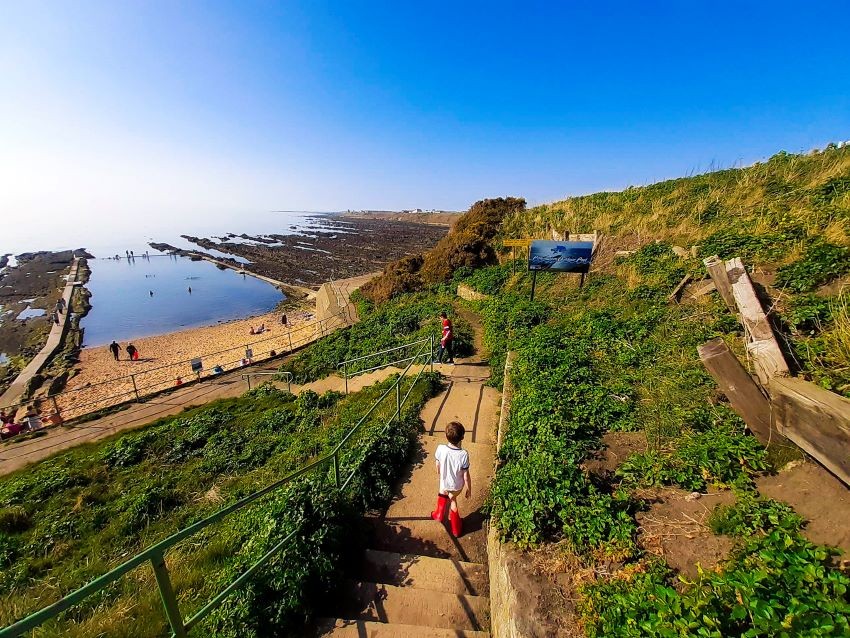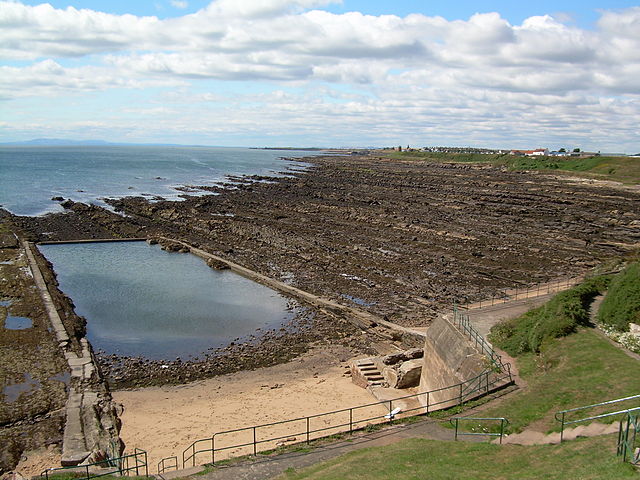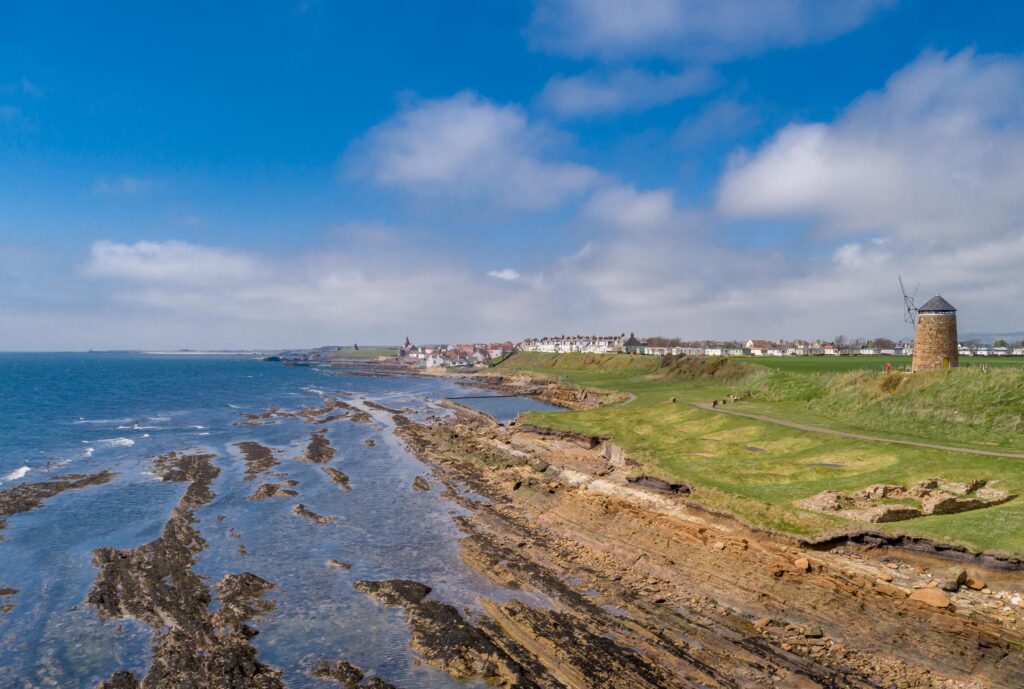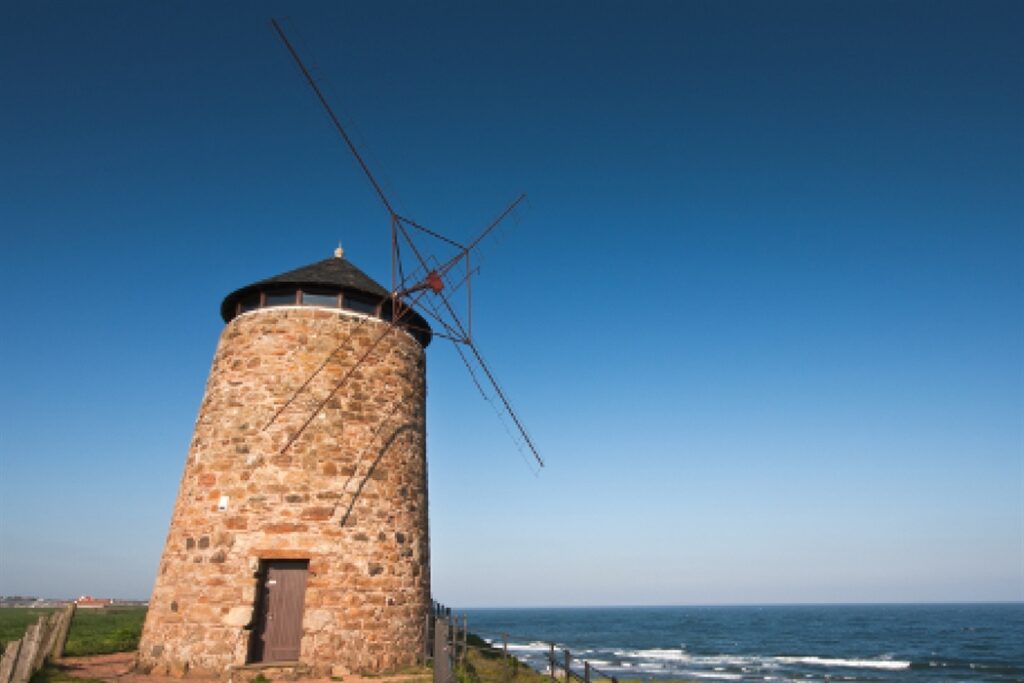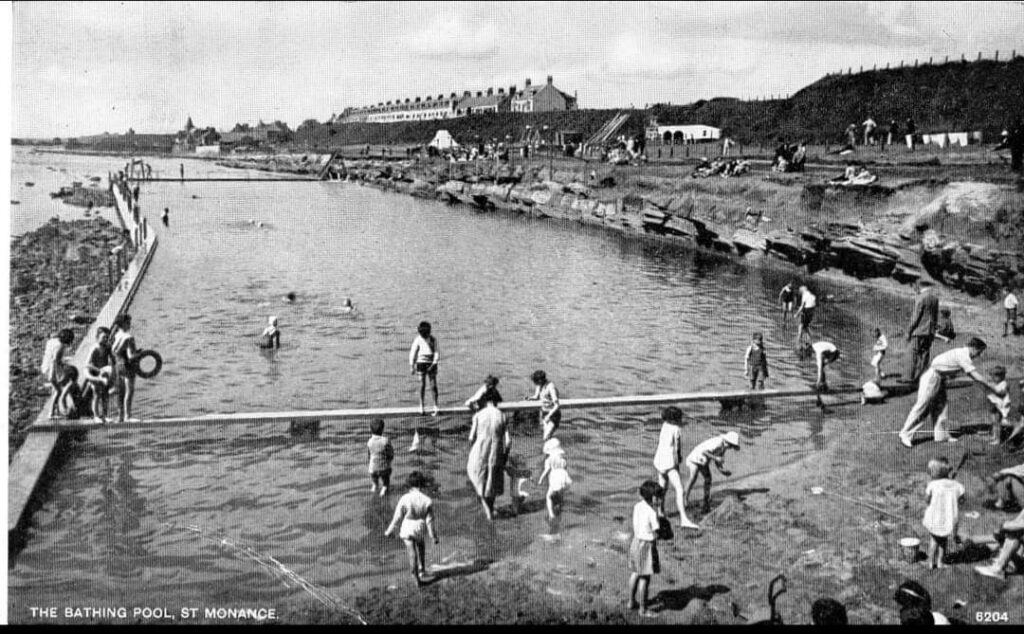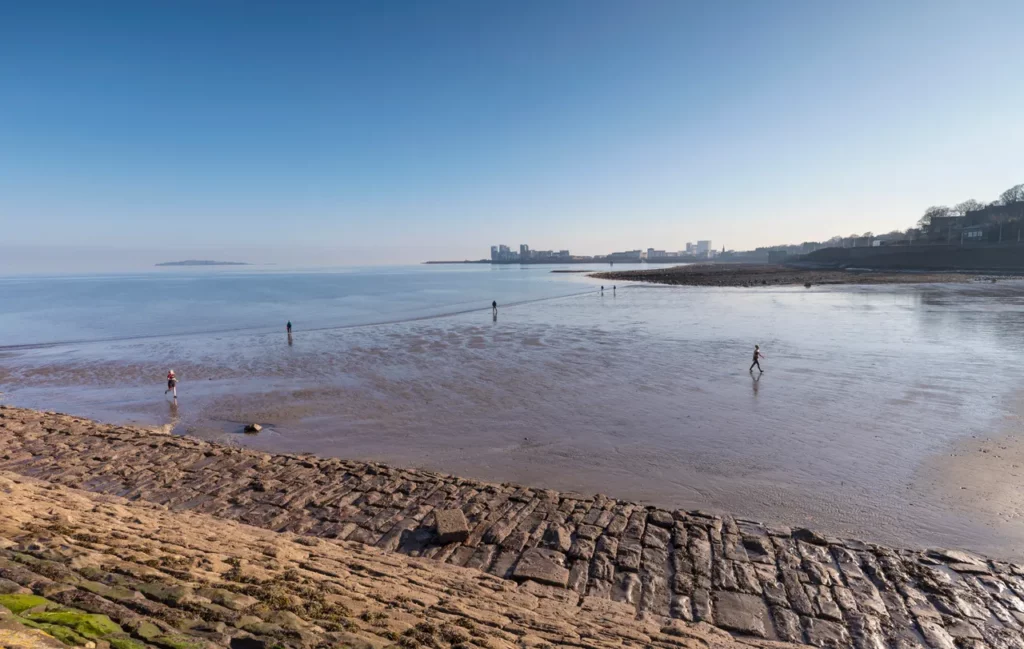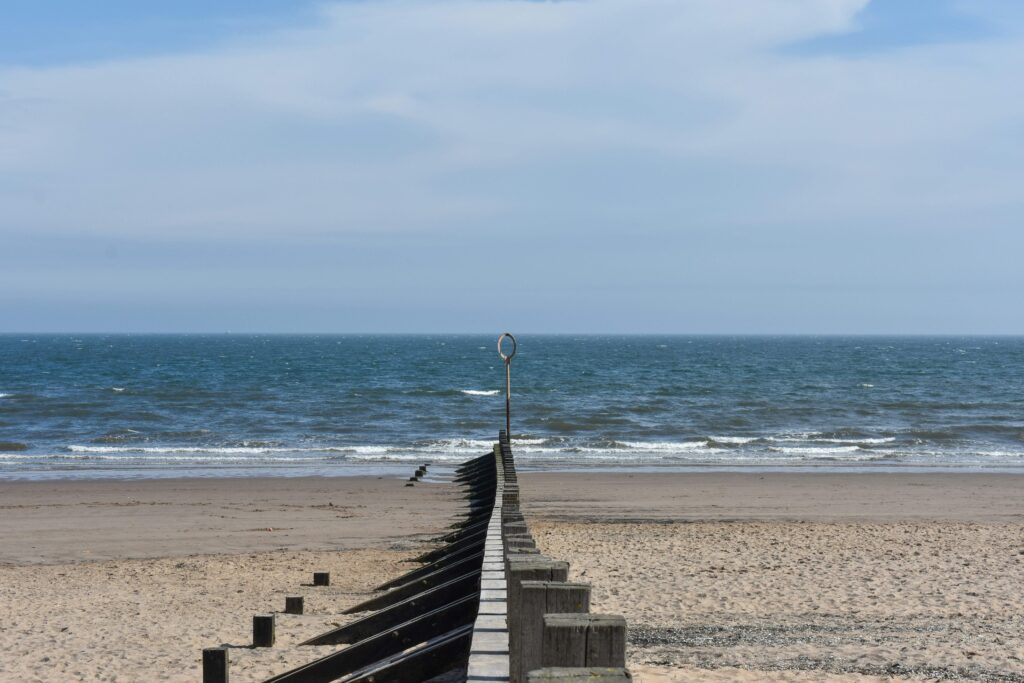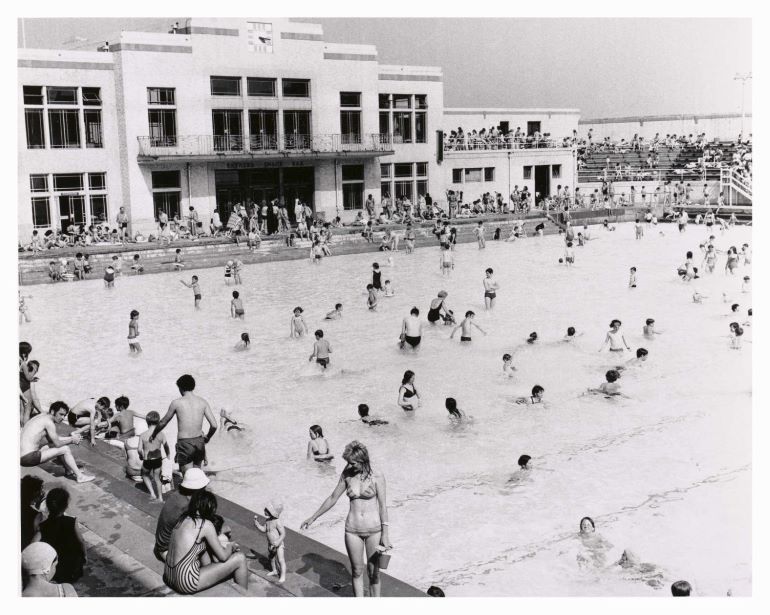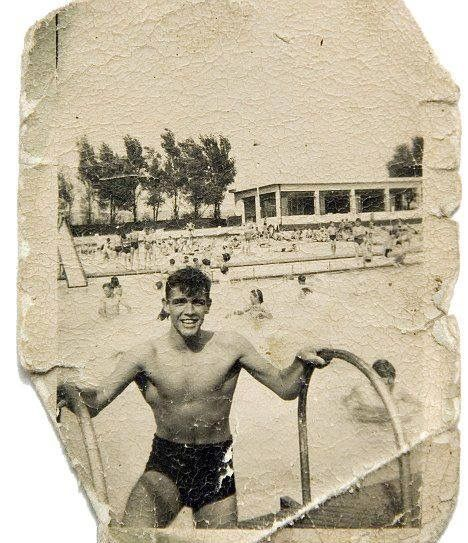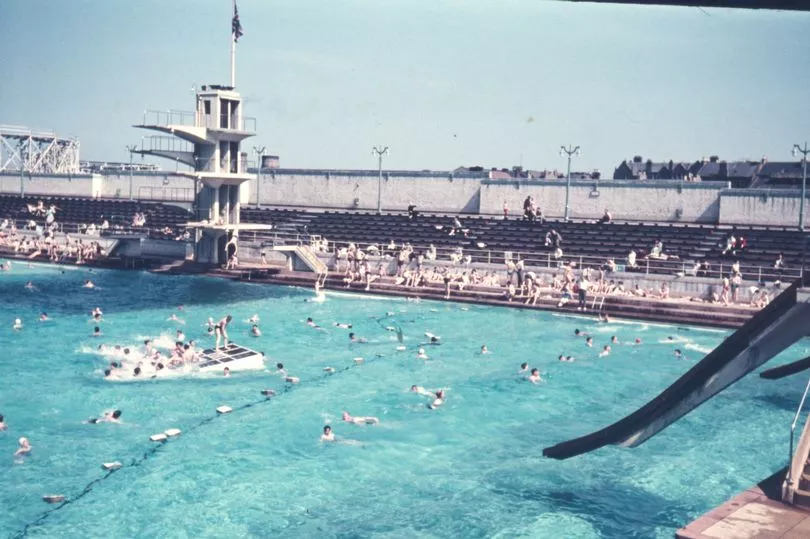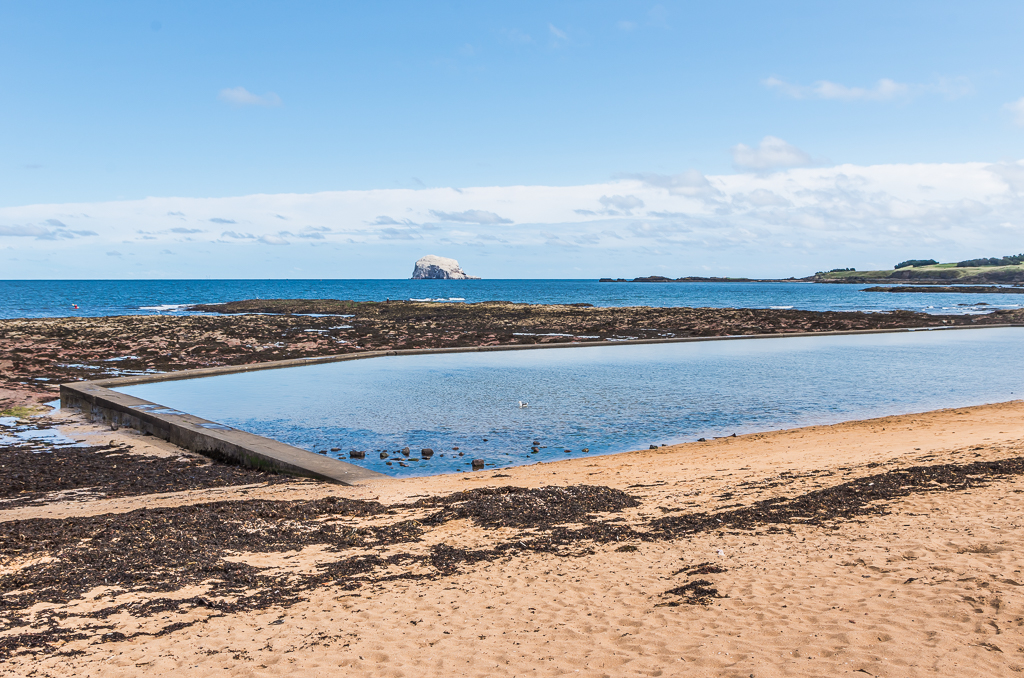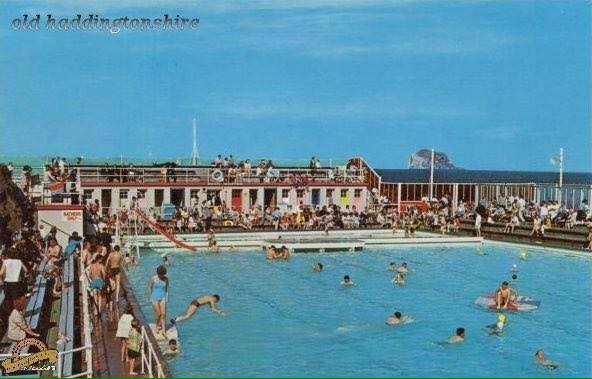Castlehill, Edinburgh EH1 2NG
The open ground between Edinburgh Castle and the built-up area was Edinburgh’s main execution site. It is now called the Esplanade but was then known as ‘Castle Hill’. Castle Hill was the most prominent execution site for accused witches in Scotland. Most Scottish witches were executed in their own localities, but about one-tenth of them were sent for trial in the capital, Edinburgh. If they were convicted, they were then usually executed on this site. They were tied to a stake at the top of a pyre and strangled to death; then their dead body was burned. Following the execution, ashes of the pyre and the accused would be raked into the ground as the remains could not be buried. Ashes that were probably from these burnings were uncovered between 1816 and 1820, during the construction work for the present Esplanade.

Looking East from the castle onto the Castle Esplanade
©Mary and Angus Hogg,
Wikimedia Commons
Overall, about two or three hundred executions of witches took place here, making this one of the most intense sites for witch-burnings in Europe.
Sources:
- Historic Environment Scotland, “Statement of Significance: Edinburgh Castle – Esplanade”, 2021.
- Julian Goodare (eds.), Scottish Witches and Witch-Hunters, Basingstoke: Palgrave Macmillan, 2013.

